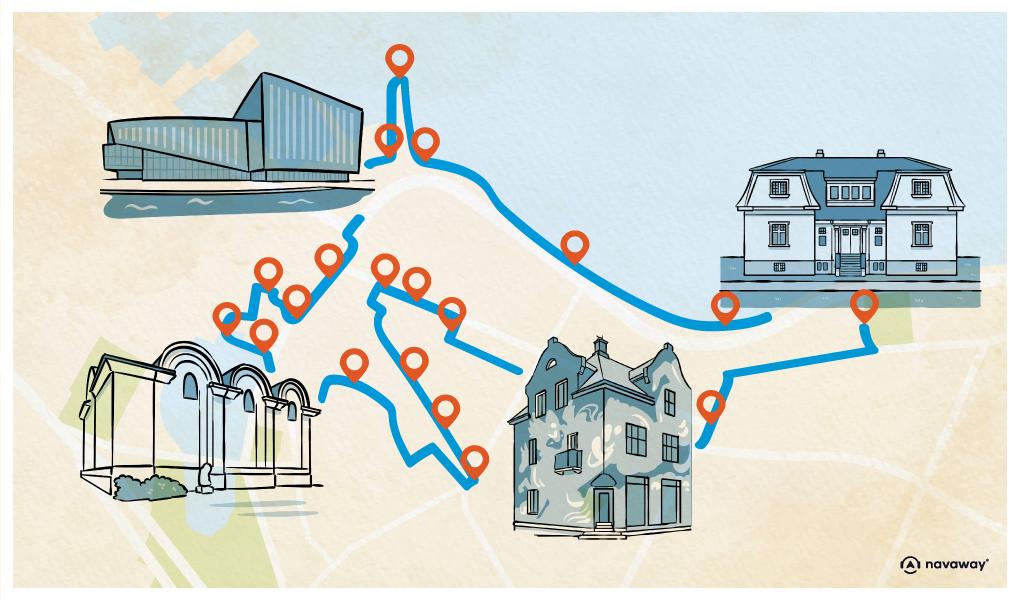
Reykjavik’s history
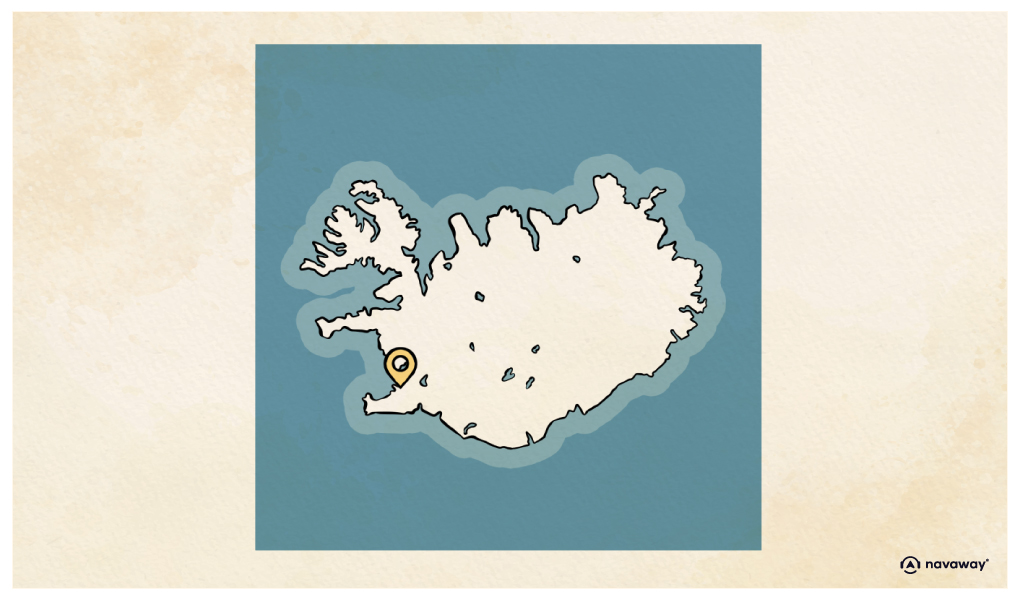
This point of interest is available as audio on the tour: Visit Reykjavik, The Smoky Bay
Home to 130,000 residents and visited by over 2 million tourists each year, Reykjavik is far from being deserted—and let’s be honest, that’s always been the case. It is said that the first people to set foot on the “Land of Fire and Ice” were Irish monks around 700 AD. Though they didn’t have much time to enjoy the new territory, as Viking settlers arrived around 874, wasting no time. Among them was the legendary Ingólfur Arnarson. According to legend, he threw the pillars of his throne into the sea when arriving, and swore to settle wherever they washed ashore. Since there was a lot of steam rising from the hot springs in the area, he named the place Reykjavik, which means “Bay of Smoke.” For centuries, the region remained a cluster of farms passed down through generations. But by the 1700s, things started to shift. Iceland passed under Danish rule, and industrial development suddenly took off. Wool production, fishing, and shipbuilding became the main sources of income. Even under strict Danish control—eased slightly in 1786—Reykjavik gradually established itself as the country’s capital. Independence movements gained momentum, the national parliament gained legislative power, but World War II disrupted everything. Allied forces poured in, nearly outnumbering the locals, and spurred the creation of airports and new roads. In 1944, Iceland finally gained full independence and Reykjavik officially became the capital of the new republic. Since then, the city has grown steadily and transformed into a thriving hub of Nordic and global culture. You must already know that—after all, you’re here listening, aren’t you?

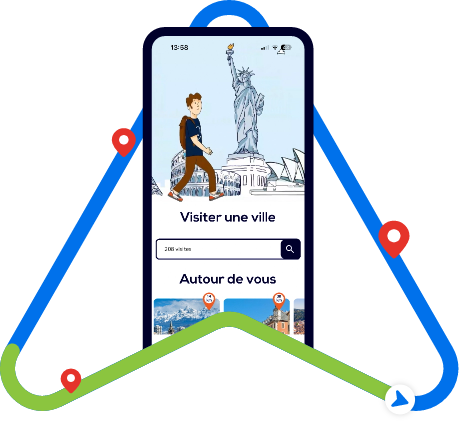
Discover Reykjavik with app
An interactive guide through the most beautiful streets, squares, and districts
20 fun audioguides full of historical facts, anecdotes, and legends
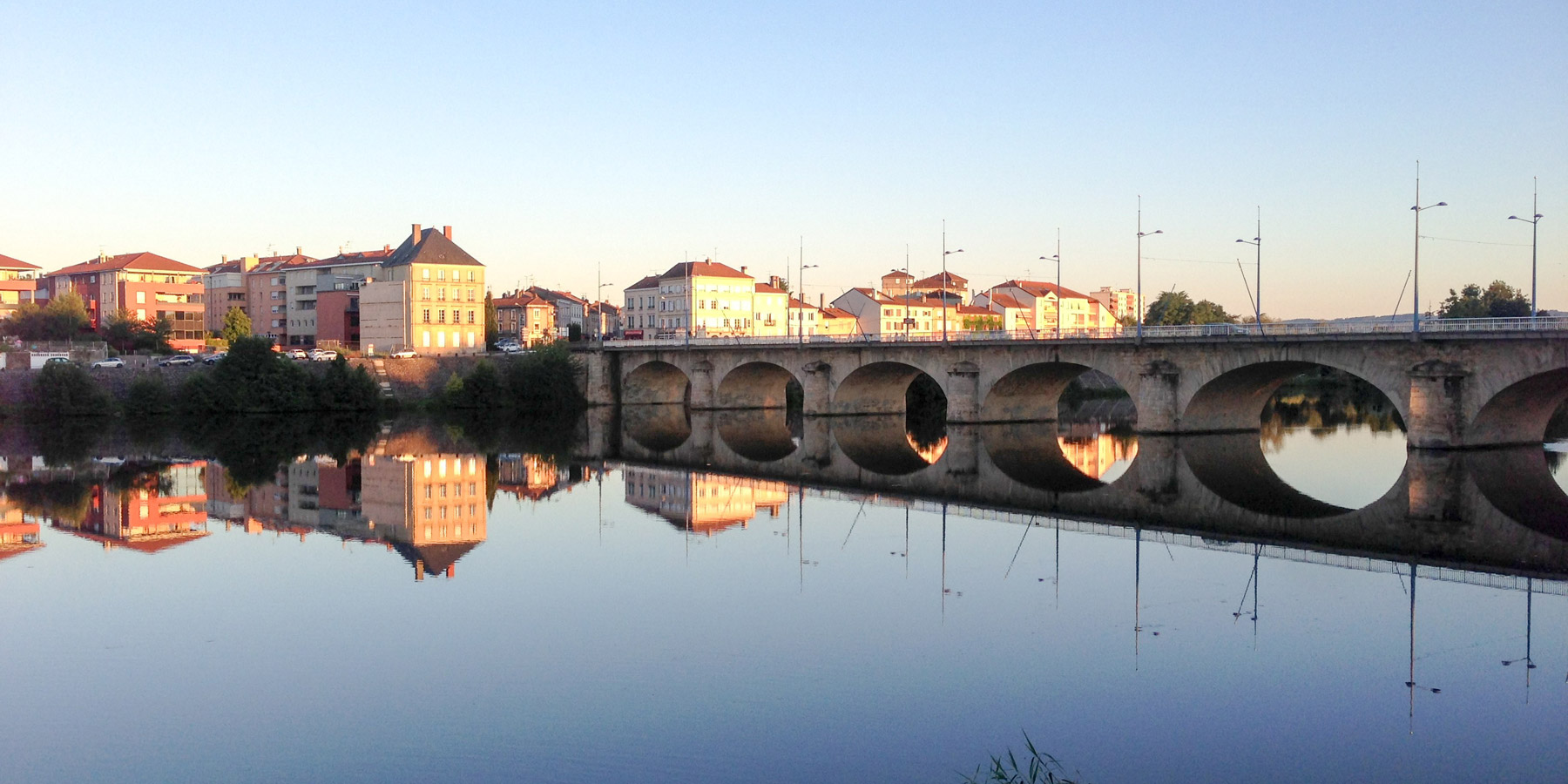

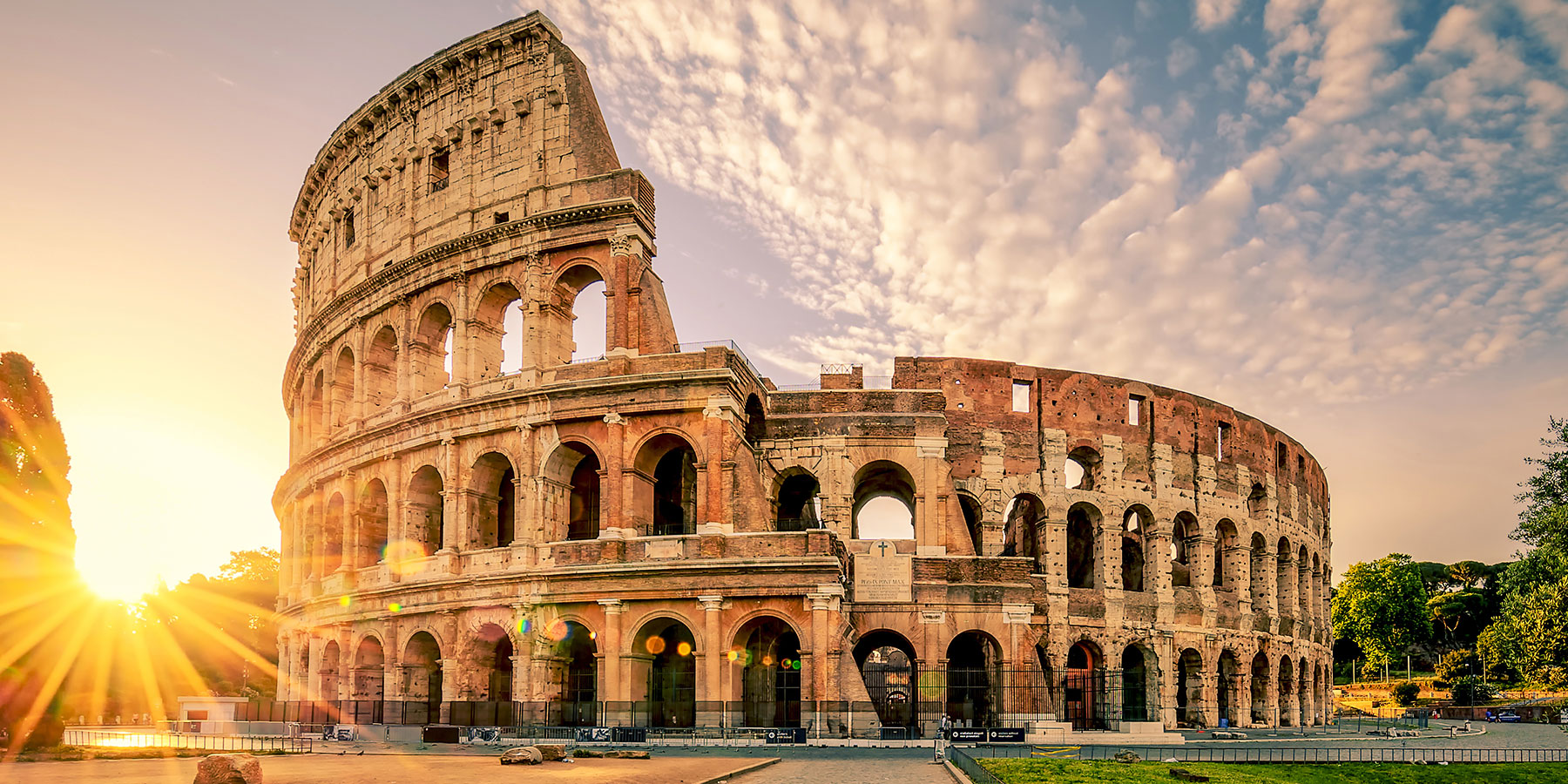
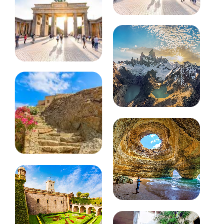

Comments